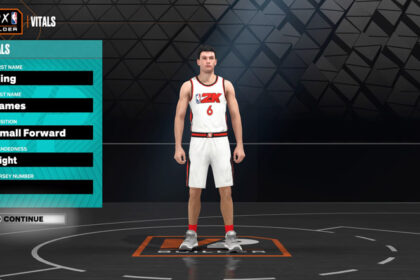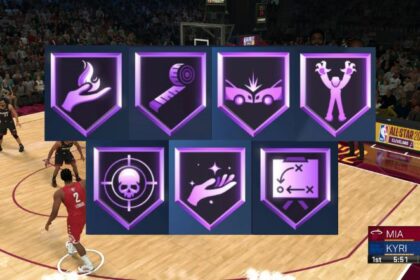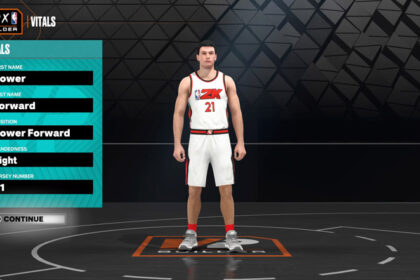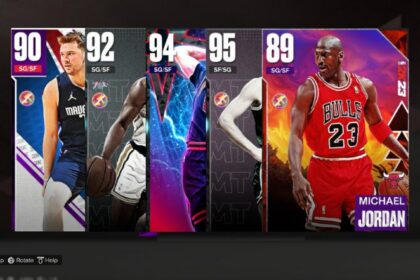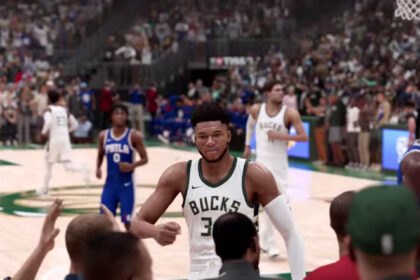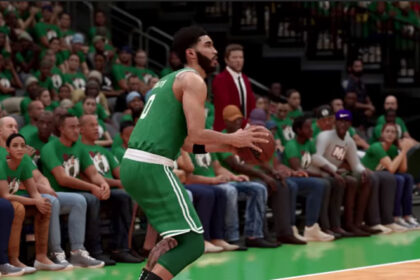Screens are one of the most basic yet important parts of playing basketball on offense.
They can create space for the player with the ball or open up a spot on the court for the screening player to position themselves to receive the pass and make a play from there.
When you run full offense plays during a game, you’ll often see screens in the play art designed to free up a shooter, create an open passing lane, and generally put the defense out of position. But screens can be used in more spontaneous ways as well.
There may be a time when you find yourself with the ball and see what could be an opening to make your shot, but don’t have the time to go through a full-play design. Or perhaps you want to get yourself into a hot zone but the current play isn’t quite right for you.
It’s times like this that you’ll want to manually call for a screen from a teammate, as being able to call screens on your own time and at your own pace can help take your offense to the next level, creating plenty of open looks you wouldn’t have gotten otherwise.
Here, we’ll show you when and how to call for a screen in NBA 2K23.
When and Why to Call for Screens
Before you go on the court and begin asking your teammates to line up screens for you, it’s important to know their purpose in the game as well as how to get the most use and points out of running them.
A screen is most effective when the ball is in the hands of a quick and skilled ballhandler (usually a guard) and playmaker combined with a good big man (usually someone with a solid center build) performing the screen to open them up.
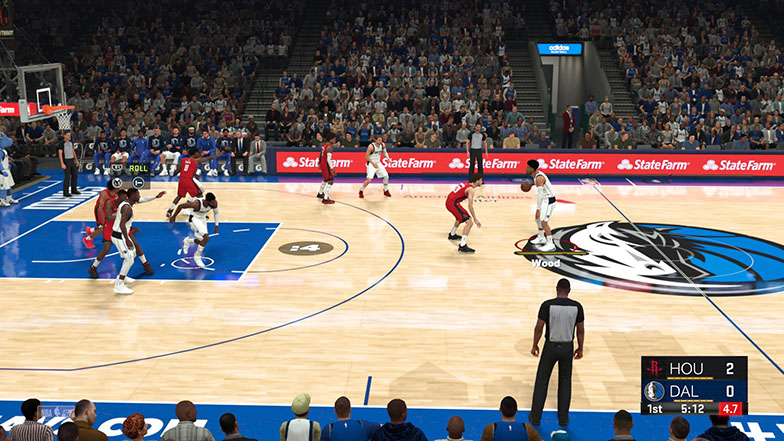
Screens are most often executed around the three-point line, giving the ball handler and the screener more open court space to execute the play and ensure it leads to a made basket and points on the board.
The most basic purpose of the screen is to create a mismatch in terms of the personnel coverage of your players in order to create a more favorable shot opportunity. A successful screen will typically cause one of two outcomes:
- The opposing players defending your screener and ballhandler will switch defensive assignments, creating two mismatches: the ballhandler will now have a bigger and slower defender on him, giving him an easier time making moves to get an open look; and the screener will now have a smaller defender on him creating a size mismatch he can take advantage of in order to take a shot if he receives the ball
- The opposing players defending your screener and ball handler will stay on the respective assignments, giving the ballhandler a small window of time to make a move as their defender is spending their time working to get past the screen
Whichever outcome results from the screen can be used to get your team a more favorable look to get the ball in the basket and points on the board. You just have to stay attentive to how the defense reacts to your screen in order to best take advantage of the situation.
How to Call for a Screen
Now that we’ve established the purpose of a screen and how to use it, it’s time to use that knowledge to make some baskets.
The first step to calling a screen is to hold down L1 (or LB) when controlling the ballhandler. This will cause a teammate to begin moving into position to set up the screen for you.
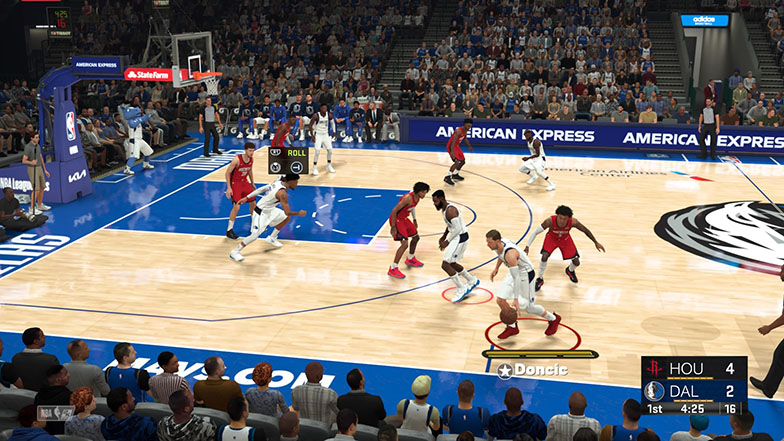
After this is where you can make more specific decisions as to how you want your screen to be set up. If the screener doesn’t put himself where you want him for the screen, you can simply press L3 in order to get them to switch the side for the screen.
You can also decide how you want the screener to finish out the play, whether you’d rather they fade out for a jump shot opportunity or move in towards the basket. Once the screener is in position, all you have to do is press R1 (or RB) to make your decision.
If you’d rather fake a screen in order to get the defense off balance, you’ll begin by pressing L1 (or LB) to set up the screen as you normally would. But instead of allowing your teammate to come in and set up the screen, you’ll want to press L1 (or LB) again as they’re moving into position. This will cancel the screen and cause the would-be screener to roll back into the lane.
Calling from a Specific Player
If you have a teammate who you’d prefer to set up the screen for you, you can do that instead of leaving it up to the game to decide who comes in to screen for you.
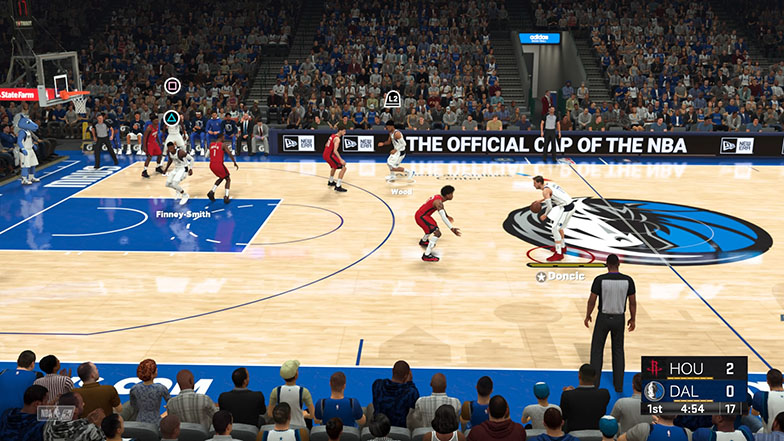
To be able to choose who sets up your screen, instead of holding L1 (or LB) like previously, you’ll want to simply tap it followed by tapping R1 (or RB).
When you do this, the icons for your players will appear on the screen above their heads. From here, simply hold down the corresponding icon for the player you’d like to set up your screen and he’ll begin moving into position for you.
Final Word
Now you know exactly how to call for a screen in NBA 2K23, you can utilize this great offensive asset and take your playmaking to the next level.
Whether it’s creating more space for your best ballhandler and playmaker to work in, or creating a mismatch to make great shot opportunities that you otherwise wouldn’t get, screens can be a great tool to add to your offensive repertoire in NBA 2K23.
If you’re interested in more offensive tips for NBA 2k23, I recommend checking out our guide for the most effective post moves as well. It’s a good read, I promise!

